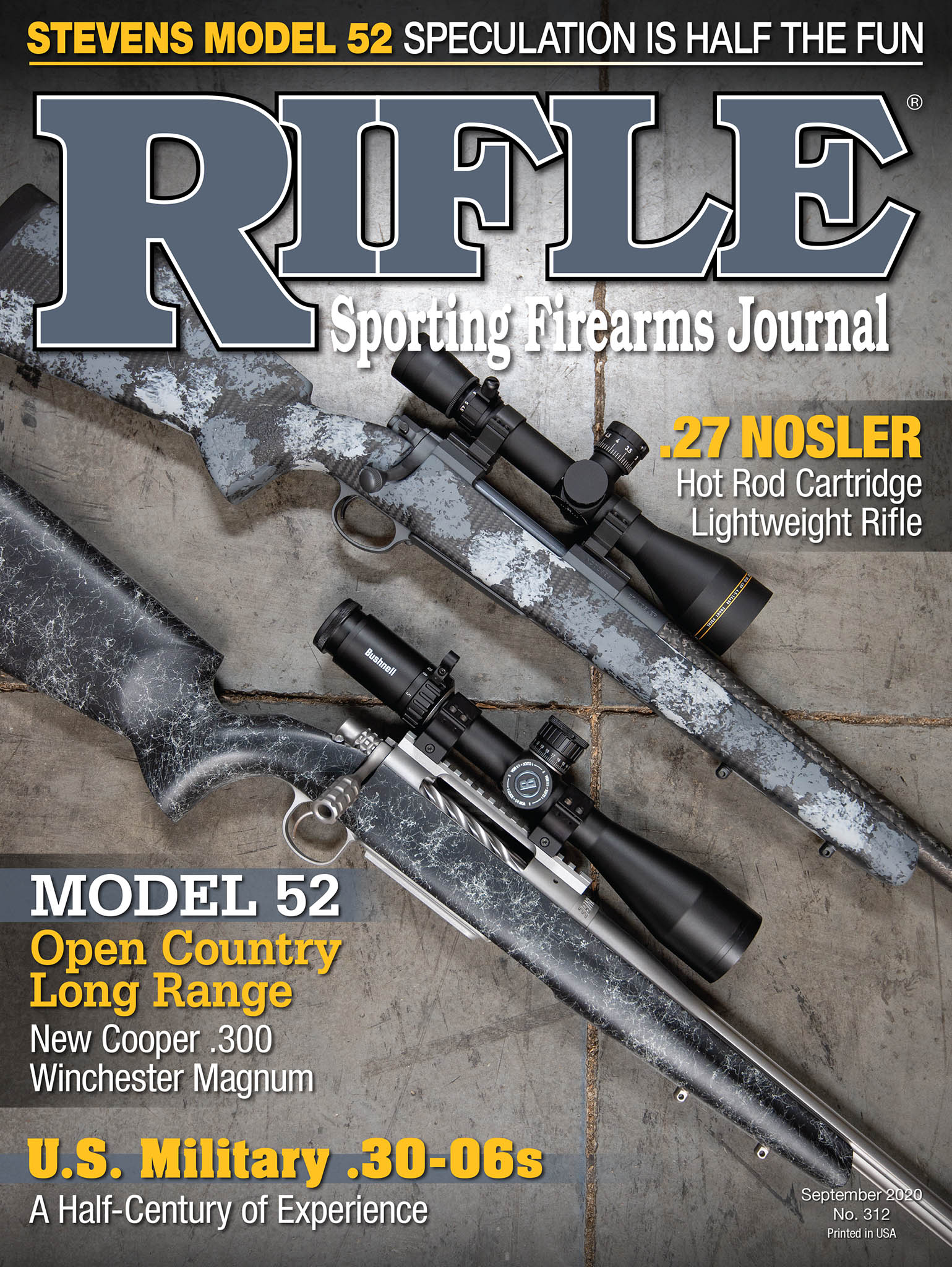Lock, Stock & Barrel
Rifle Considerations
column By: Lee J. Hoots | September, 20
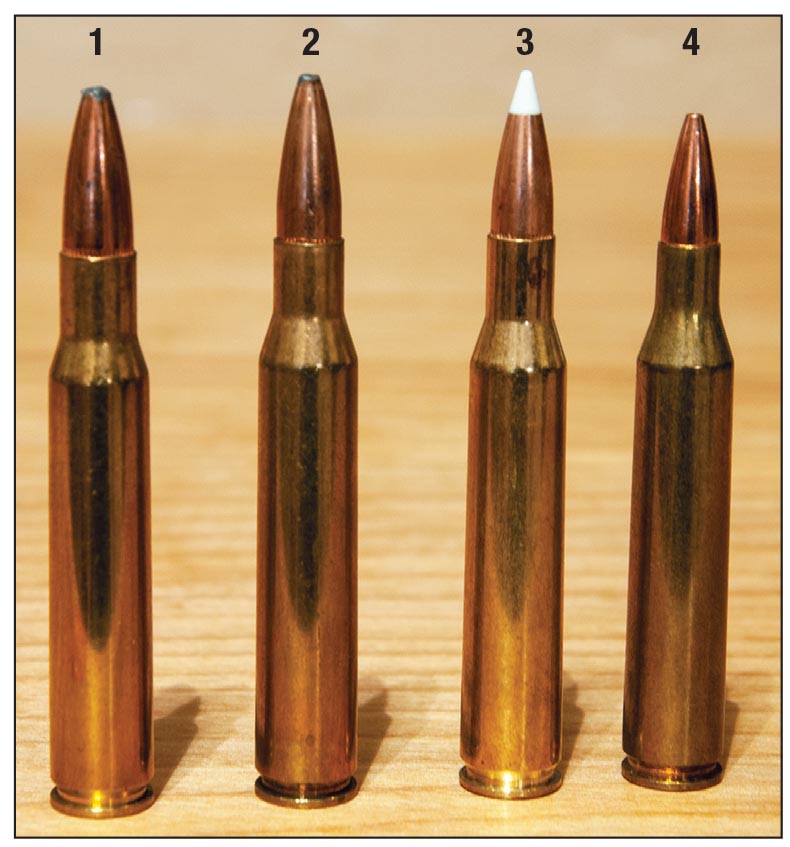
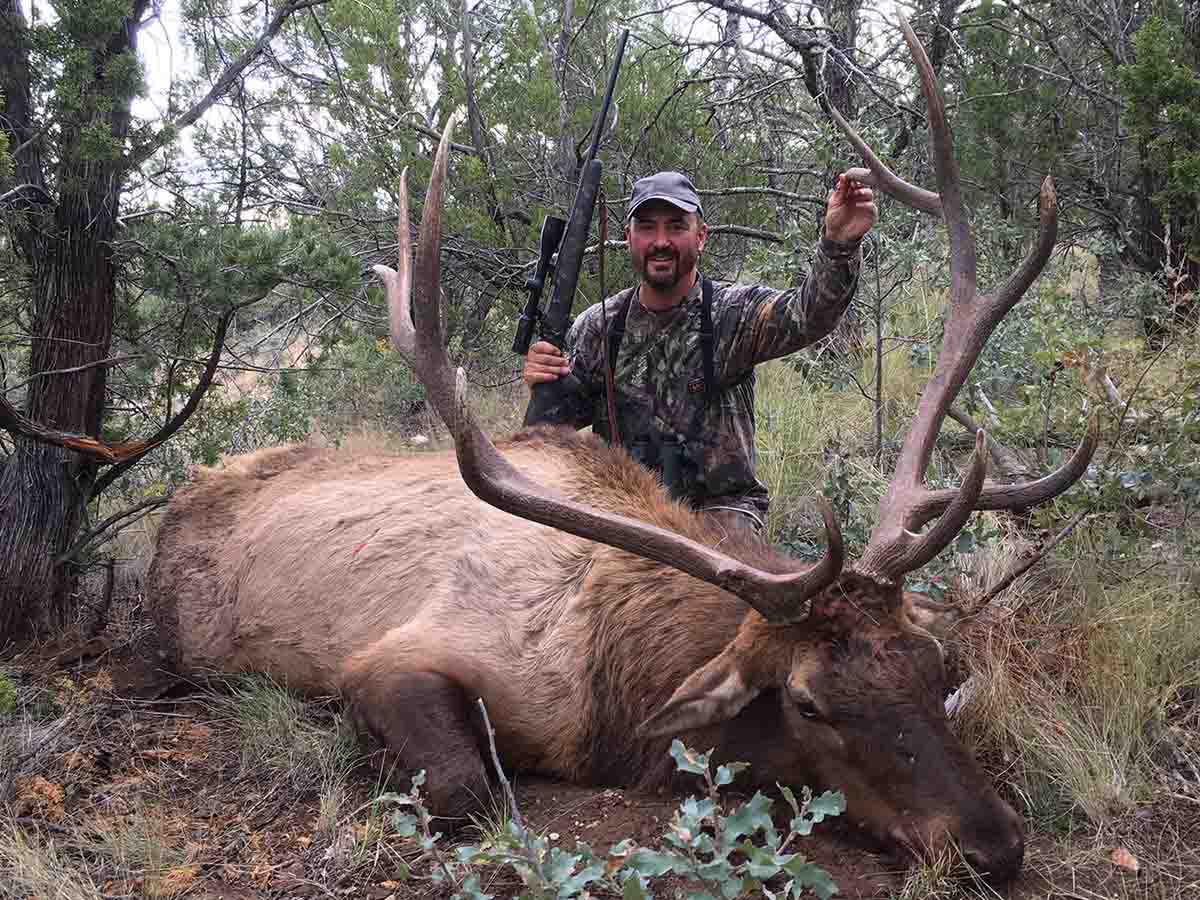
Several years ago on an industry hunt, I was handed a new-from-the-box Savage .30-06 with a scope and had just enough time to shoot a couple of 100-yard groups before hitting the rack. The rifle seemed okay, but two days later I shot at a good muley buck out at about 300 yards and missed cleanly. I doubt the outcome would have been the same if using one of my own rifles – a rifle I had long confidence in. A new rifle may be finicky at first, and it also may require weeks of shooting and tuning (rifle, ammunition and shooter) before it is up to par, broken in, while Old Trusty keeps dropping bullets in the boiler room. With a month or so to go before a hunt starts, most of us would likely remind our shopping buddies their .270 Winchester, .257 Roberts, 7mm-08 Remington or, fill in the blank, has always done a good job on deer or pronghorn and elk in the past, so why change things up at the last minute?
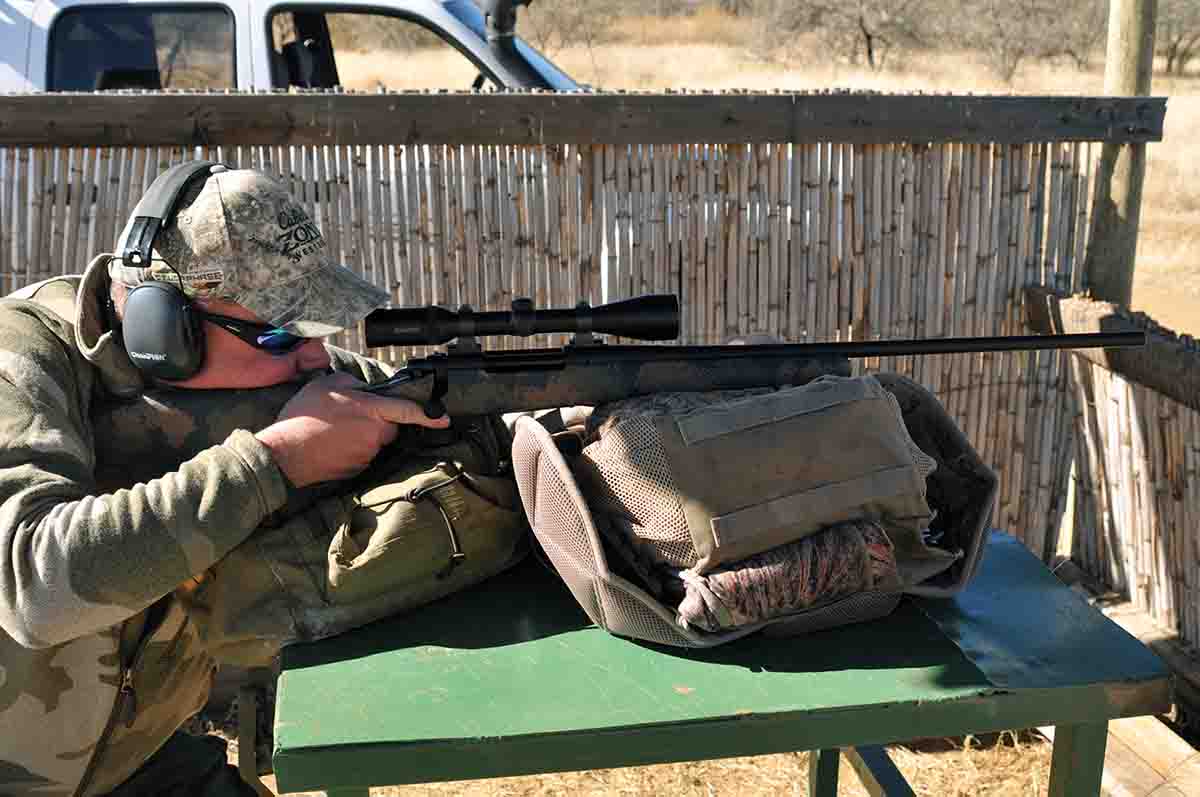
Over the years, I have occasionally been asked, “Which new cartridge will improve my ability to tag out?” If there ever was a “loaded” question, that one (and derivatives) takes the cake. A variation might be: “What about this or that bullet?” and yet another is, “Do I need a magnum?” When asked such a question, I generally shy away from specific answers, knowing full well it might later bite me in the rear. A generalized conversation about basic ballistics is far more useful for someone considering a change.
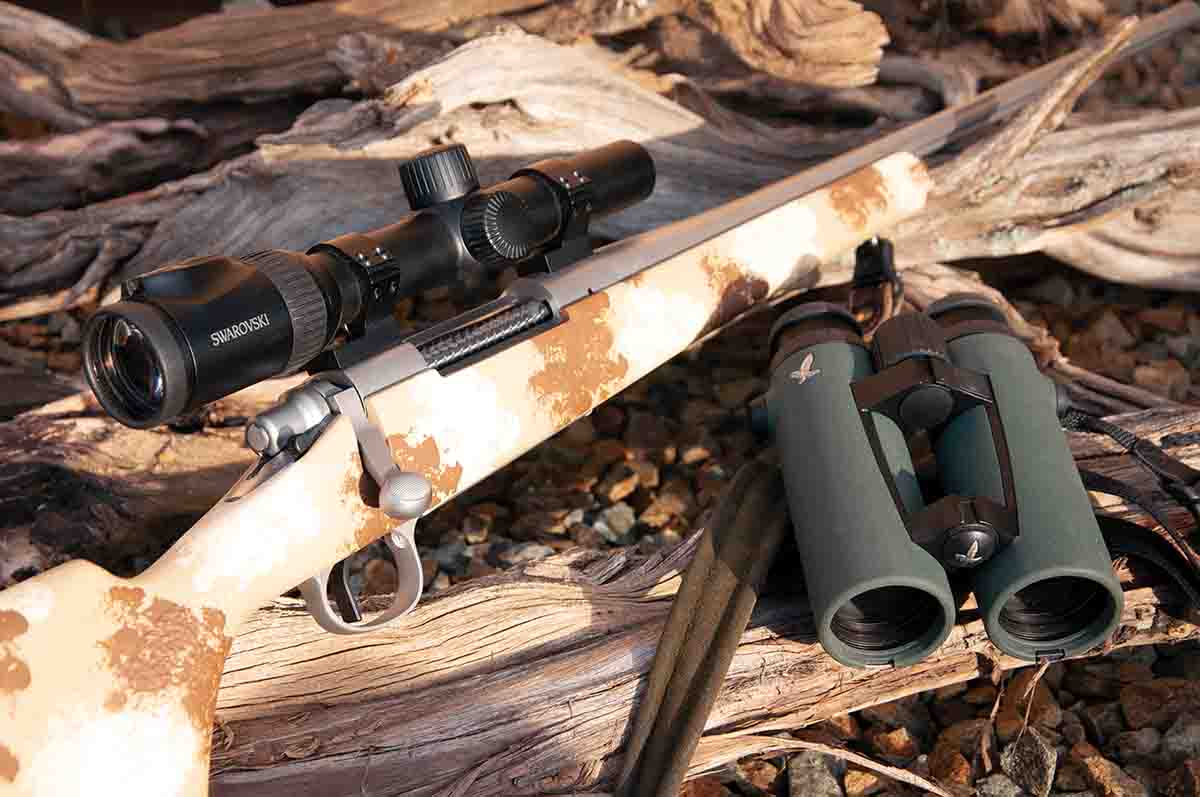
Nonetheless, trying something new is a natural tendency among all shooters, particularly handloaders, who like to tinker with something “different.” There are decisions to be made in this situation and, unfortunately, such choices do not always work out for one reason or another. Several years ago, I sold a fairly new Remington Model 700 7mm Remington Ultra Magnum I had grown tired of storing to a friend who is an experienced handloader and hunter. He had been loading his own hunting ammunition for several rifles for many years, including the 7mm Remington Magnum, but he wanted to try the bigger boomer, and the “buddy price” was fair. When I saw him months later and asked if he shot a deer with it, he said no. “The limited availability and cost of brass became an issue. So I went back to the 7mm Remington.” It was a rifle he had long experience with.
This brings up the old lingering assumption that “bigger is better.” In situations where African dangerous game is on license, “bigger” is indeed necessary, and there are defining laws. But what about wild hogs, bears, moose and such, the standard game in the Lower 48? Back when living in California, I hunted wild hogs in the central part of the state during the summer and fall months. This provided the opportunity to use multiple rifle/cartridge combinations over several years, including .50-caliber muzzleloaders and metallic cartridges ranging from the .243 Winchester to the belted .300 Weatherby Magnum. One evening, a very good buddy who was planning his first hog hunt asked if he needed a .375 Holland & Holland Magnum to kill them dead on the spot (unnecessary advice he was provided from an inexperienced third party). My late friend’s .30-06 had been used to take a couple of deer in the mountains where he lived. Of course, I suggested, the .30-06 was more than adequate for the largest boar he was likely to see. What’s more, it would be unusual to drop a “large” boar where it stood or bedded, unless it was shot in the head. On top of that, shooting a hog perfectly just below the ear beyond 50 yards is a risky task, and missing the mark by an inch or two will send the pig into the heaviest cover available – most often lost without tracking dogs. Needless to say, my chum had a very successful outing with his .30-06, and if memory serves, he shot several more hogs with that rifle in his lifetime.
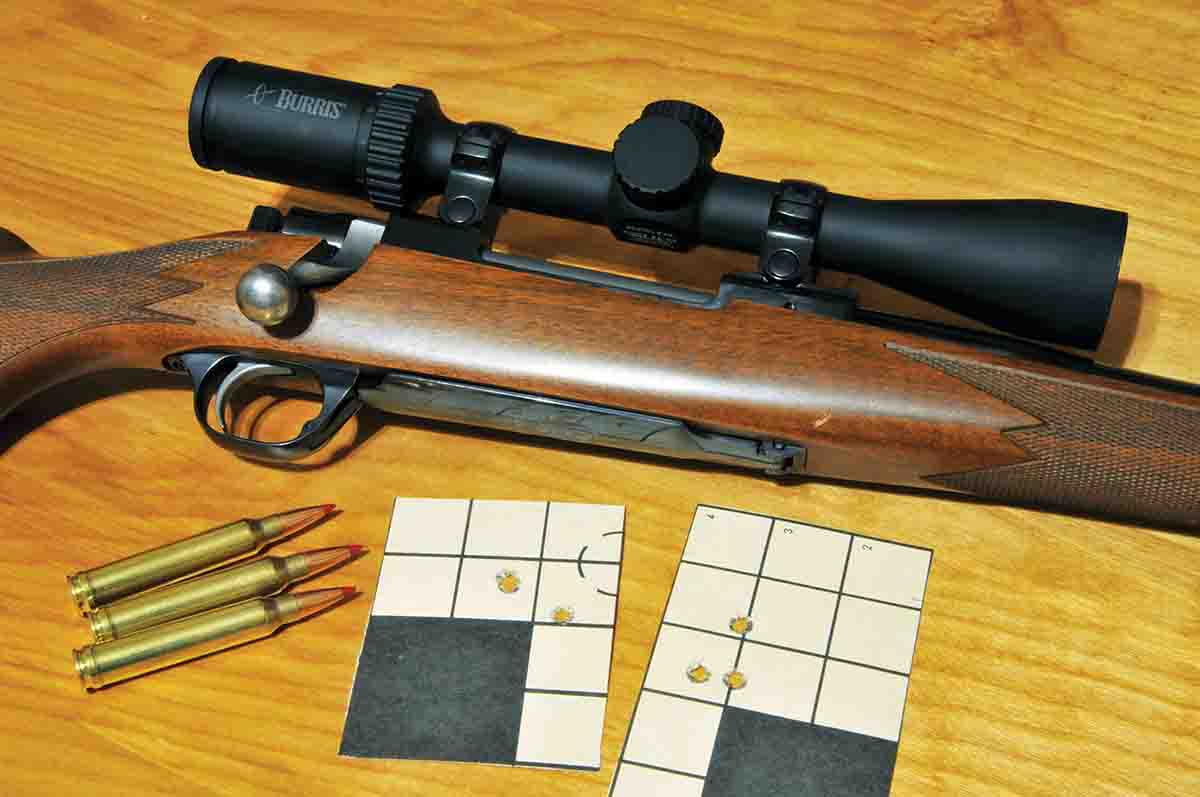
Speaking of the .375 H&H, two weeks ago I was in need of some reloading supplies and stopped by three local gun shops, only to find that components and tools for most cartridges – from the .22 Hornet and .300 Savage to the .338 Lapua Magnum – had been largely cleaned out due to Covid-19-panic buying, and there were almost zero factory loads for the 6mm and 6.5mm Creedmoors. What I did notice was a curious abundance of dies, bullets and brass and shell holders for the .375 H&H. Then it dawned on me that the big cartridge is popular among elk hunters. So are Winchester’s .338 and .300. But again, there are milder-recoiling cartridges that are up to the task. Having taken a .338 Winchester Magnum to Africa in 2004 and using it for oryx and blue wildebeest, I came home a bit underwhelmed because the .270 Winchester also on hand brought the same game down just as quickly with far less bluster and recoil. Nevertheless, in some circles the belted magnums remain popular elk options with track records to back them up – so do the .25-06, .270, .280 Remington and .30-06, much milder cartridges. The 6.5 Creedmoor is now being used on elk as well, with prudent hunters keeping shots to reasonable distances.
These examples illustrate one thing. Successful hunters use adequate, reliable and familiar equipment. Buying a new rifle shortly before the season can end in disappointing results. Moving to new equipment is fun, but it should be done thoughtfully and in a time frame that enables the hunter to gain familiarity with the new rifle. You might only get one shot.


